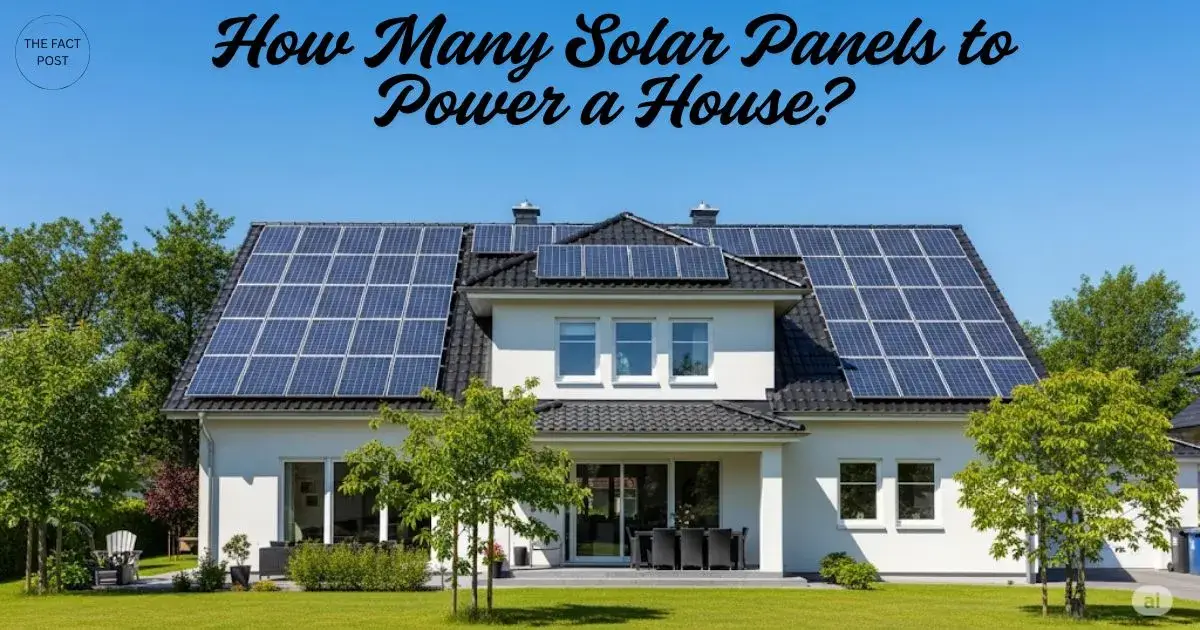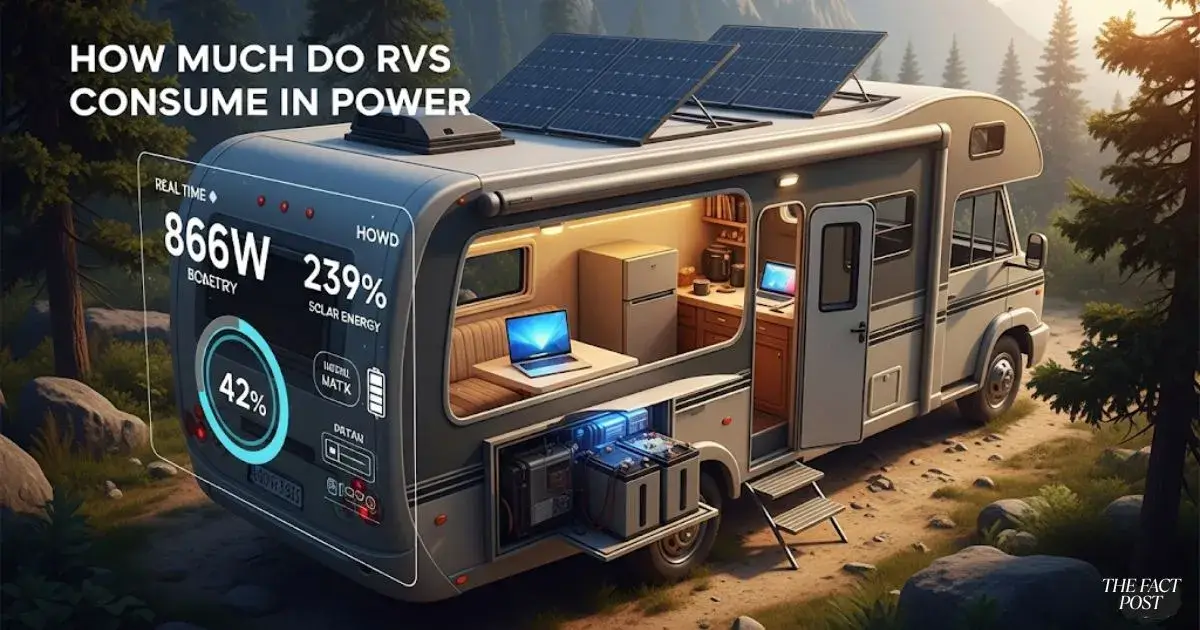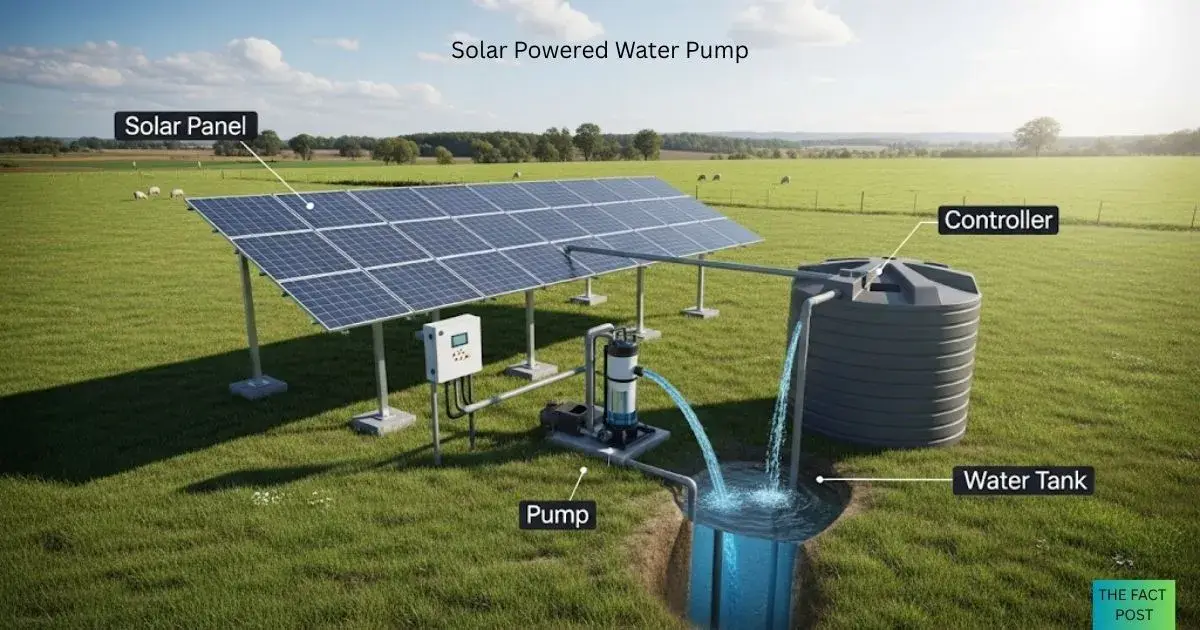How Many Solar Panels to Power a House? Real Advice from an RV Solar Expert
TOC:
Table of Contents
How many solar panels to power a house is one of the most common questions for anyone considering a switch to solar energy, whether you’re an RV owner, camper, or homeowner looking to reduce your electricity bills and live sustainably. Understanding the exact number of panels you need can feel overwhelming, given the many factors involved—from your energy consumption and roof size to your location’s sunlight availability.
In this article, we’ll break down everything you need to know with clear, actionable advice and real-world examples to help you confidently plan your solar setup and make the most of clean, renewable energy.
How Many Solar Panels Do I Need?
Sizing your solar panel system isn’t about copying your neighbor’s setup. It’s about understanding your own needs, your environment, and your goals. Let’s break down the essentials.
1. How Much Solar Energy Do I Need?
- Start with your bill: Check your electric bill for your monthly and yearly energy use in kilowatt-hours (kWh). The U.S. average is about 10,791 kWh/year, or roughly 900 kWh/month2.
- Think about your lifestyle: Do you use air conditioning a lot? Run a home office? Have a big family? More usage means more panels.
- Plan for the future: If you’re thinking about adding an electric vehicle, hot tub, or expanding your home, add those loads now.
Personal insight:
When I transitioned my RV to full solar, I underestimated my winter heating needs. Always add a 10–20% buffer for unexpected usage or cloudy days.
2. What Is the Wattage of My Solar Panels?
- Panel wattage matters: Most home panels are rated between 350W and 450W. Higher wattage = fewer panels for the same output.
- Standard sizes:
- 60-cell panels: ~270–300W, 66″ x 39″
- 72-cell panels: ~320–400W, 77″ x 39″
- Efficiency counts: Higher-efficiency panels cost more but save space—a big deal for RVs and small roofs.
3. What Is the Production Ratio in My Area?
- Sun hours are key: Your daily panel output depends on how much sun you get. Most U.S. homes get 4–6 peak sun hours per day.
- Location, location, location: Arizona gets more sun than Oregon. Use a solar calculator or NREL’s solar map for your exact area.
- Seasonal swings: Winter production can drop by 30–50% in northern states.
Real-world tip:
In my off-grid cabin in Colorado, I needed 25% more panels than the calculator suggested to cover snowy, short winter days.
Solar Panel Calculators
Don’t want to do the math by hand? Use a solar panel calculator. These tools estimate:
- Number of panels you need
- System size (kW)
- Installation costs and savings
- Payback period and environmental impact
How to use one:
- Enter your address and average electric bill.
- Input your roof details (size, shading, orientation).
- Review your personalized solar panel system sizing and cost estimate.
Fact:
A good calculator factors in local sunlight, roof pitch, and even utility rates for a tailored answer2.
How Many Solar Panels to Power a House?
Let’s get specific with real-world examples.
How Many Solar Panels Do I Need for a 1,000 sq ft Home?
- Average usage: 500–700 kWh/month
- Panels needed: 10–14 panels (400W each), assuming 5 peak sun hours/day
- Roof space: 200–280 sq ft
How Many Solar Panels for a 2,500 sq ft Home?
- Average usage: 1,200–1,500 kWh/month
- Panels needed: 20–28 panels (400W each)
- Roof space: 400–560 sq ft
Industry insight:
A typical 2,000 sq ft home needs about 19 solar panels to cover 100% of its energy needs, but your actual number may vary based on usage and sunlight.
Before you order a pallet of panels, check your roof:
- Orientation: South-facing is best in the Northern Hemisphere.
- Tilt: 30–40° is ideal, but panels can be mounted on flat or steep roofs.
- Shading: Trees, chimneys, and nearby buildings can reduce output. Microinverters help in partial shade.
- Space: Each 400W panel needs about 20 sq ft. Make sure you have enough unobstructed space3.
Case study:
A friend in Florida had a large, east-west roof. By splitting his array, he maximized morning and afternoon production—even if noon wasn’t perfect.
How Efficient Will My Solar Panels Be?
- Panel efficiency: Most modern panels convert 18–23% of sunlight into electricity.
- Real-world losses: Dirt, dust, and aging can reduce output by 10–15% over 25 years.
- Temperature: Hot climates can slightly reduce output, but most panels are designed for this.
Pro tip:
Clean your panels twice a year. In my RV, a quick wipe after a dusty week boosted output by 10%.
How Much Do Solar Panels Cost?
- Panel price: $250–$750 per 400W panel, depending on brand and efficiency.
- Total system cost: For a 6–10 kW system (15–25 panels), expect $10,000–$25,000 before incentives.
- Incentives: Federal, state, and local tax credits or rebates can reduce costs by 30% or more.
- Payback period: Most systems pay for themselves in 6–10 years through energy savings2.
Fact:
Over 25 years, a typical home solar system can save you $40,000 or more in electricity costs2.
Solar Panel Alternatives
Revolutionizing the Future of Clean Energy
If a traditional rooftop system isn’t right for you, consider:
- Portable solar kits: Ideal for RVs, campers, and tiny homes—flexible and easy to set up.
- Community solar: Join a shared solar project if your roof isn’t suitable.
- Ground-mounted arrays: Install panels on your land if roof space is limited.
- Solar generators: Great for backup power or off-grid adventures.
Personal story:
On a recent camping trip, my portable 200W folding panel kept my fridge, lights, and laptop running for days—no noisy generator needed.
Solar System Facts
- The average U.S. home uses about 10,791 kWh/year12.
- Most residential solar panels are 350–450W and measure about 66″ x 39″3.
- One 400W panel can produce 1–5 kWh per day, depending on sunlight and weather2.
- A typical home needs 15–25 panels to cover 100% of its energy needs12.
- Each panel requires roughly 20 sq ft of roof space3.
- Total system costs range from $10,000–$25,000 before incentives2.
- Solar panels last 25–30 years with minimal maintenance.
- Upgrading appliances and improving insulation can reduce your solar needs by up to 20%4.
- Solar panel calculators provide personalized system sizing, cost, and savings estimates2.
FAQs: How Many Solar Panels to Power a House
Q: Can I power my entire house with solar panels?
A: Yes, with a properly sized system and enough roof space, you can cover 100% of your household electricity needs1.
Q: How much roof space do I need?
A: Each 400W panel needs about 20 sq ft. For 20 panels, plan for 400 sq ft of unobstructed space3.
Q: What if my roof is shaded or not south-facing?
A: You may need more panels or higher-efficiency models. Microinverters or optimizers can help maximize output in less-than-ideal conditions.
Q: How do I calculate my exact solar needs?
A: Use a solar panel calculator with your average monthly kWh usage, local sunlight hours, and panel wattage for a precise estimate.
Q: What’s the payback period for a solar system?
A: Most homeowners see a return on investment in 6–10 years, thanks to energy savings and incentives2.
Summary
Figuring out how many solar panels to power a house starts with your unique energy needs, panel wattage, and local sunlight. Most homes need 15–25 panels, but the right number depends on your lifestyle, roof, and future plans. Use a solar panel calculator for a tailored estimate, and don’t forget to check for incentives to lower your costs.
Ready to go solar?
Grab your latest utility bill, measure your roof space, and try a solar calculator today. Whether you’re powering an RV, a tiny home, or a family house, solar energy is your ticket to freedom, savings, and a cleaner planet. If you have questions or want a product recommendation, drop a comment below—I’m here to help you on your solar journey!




1 comment